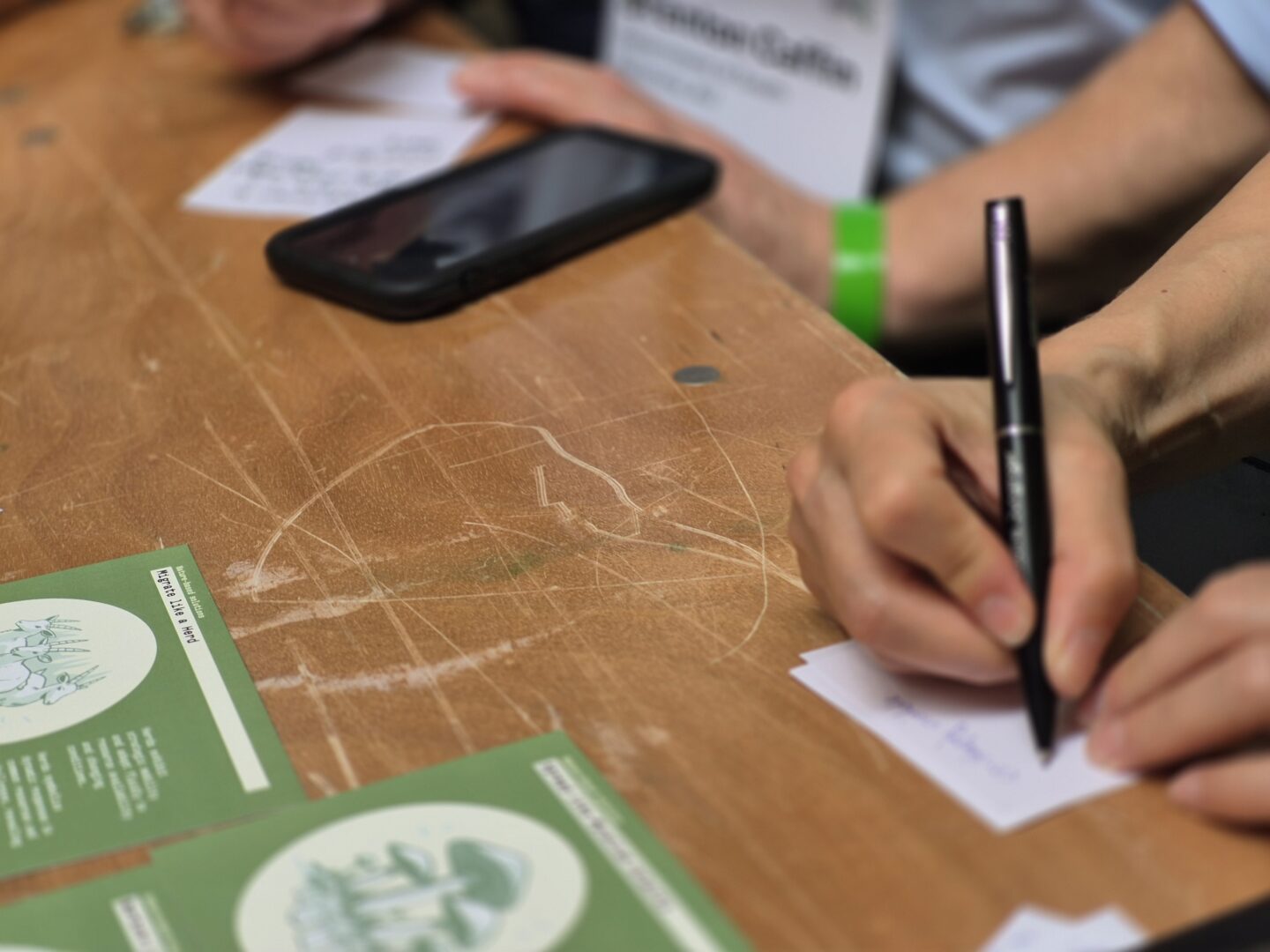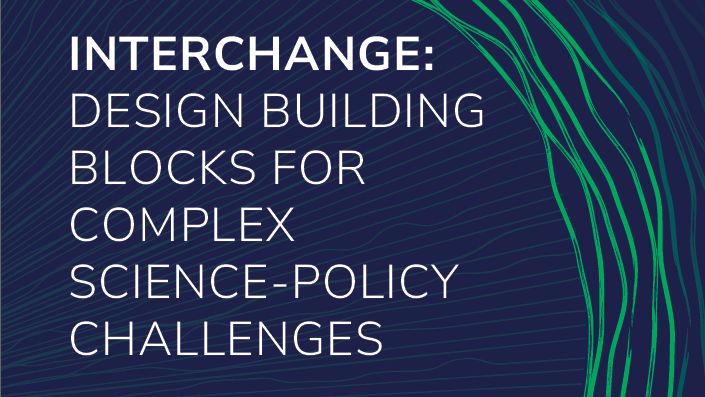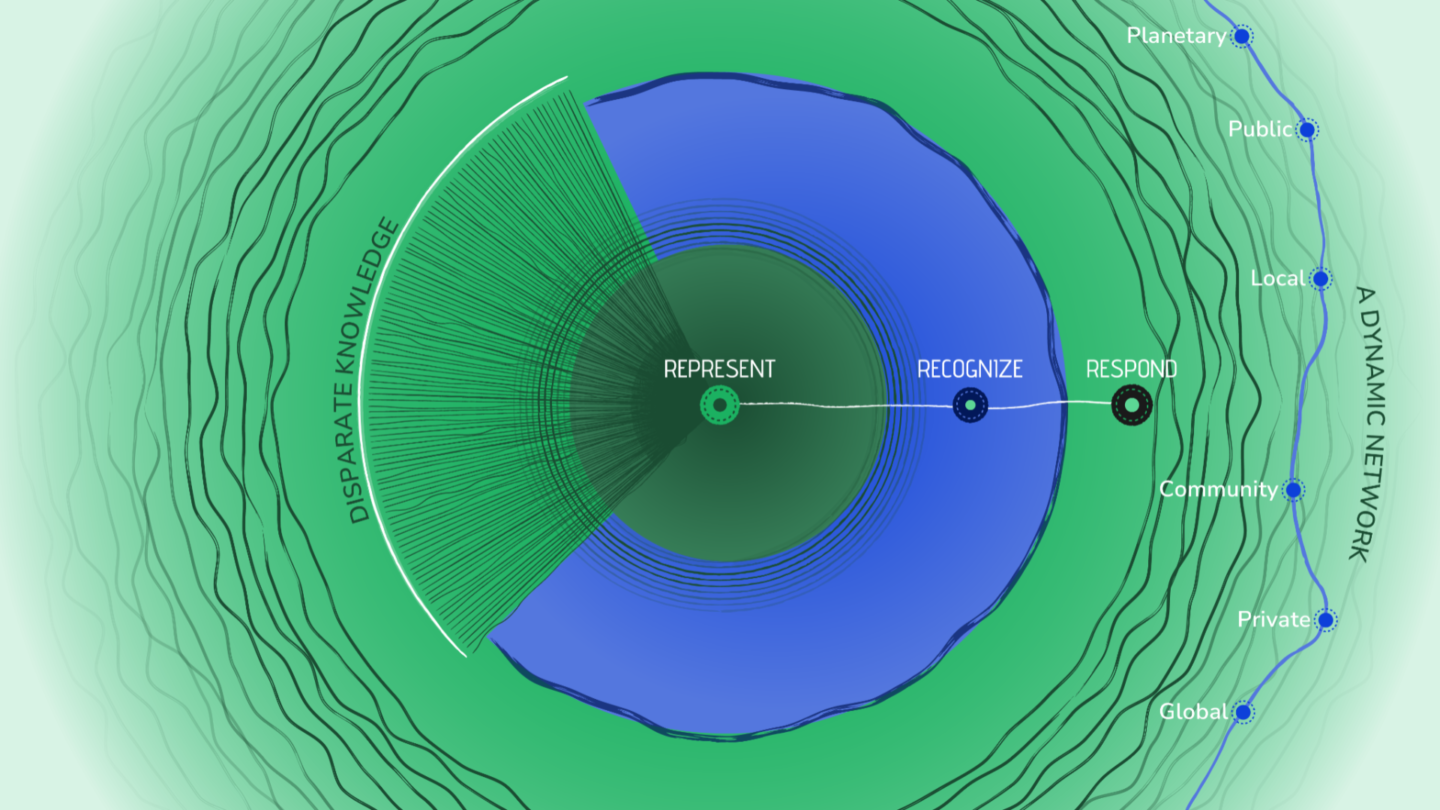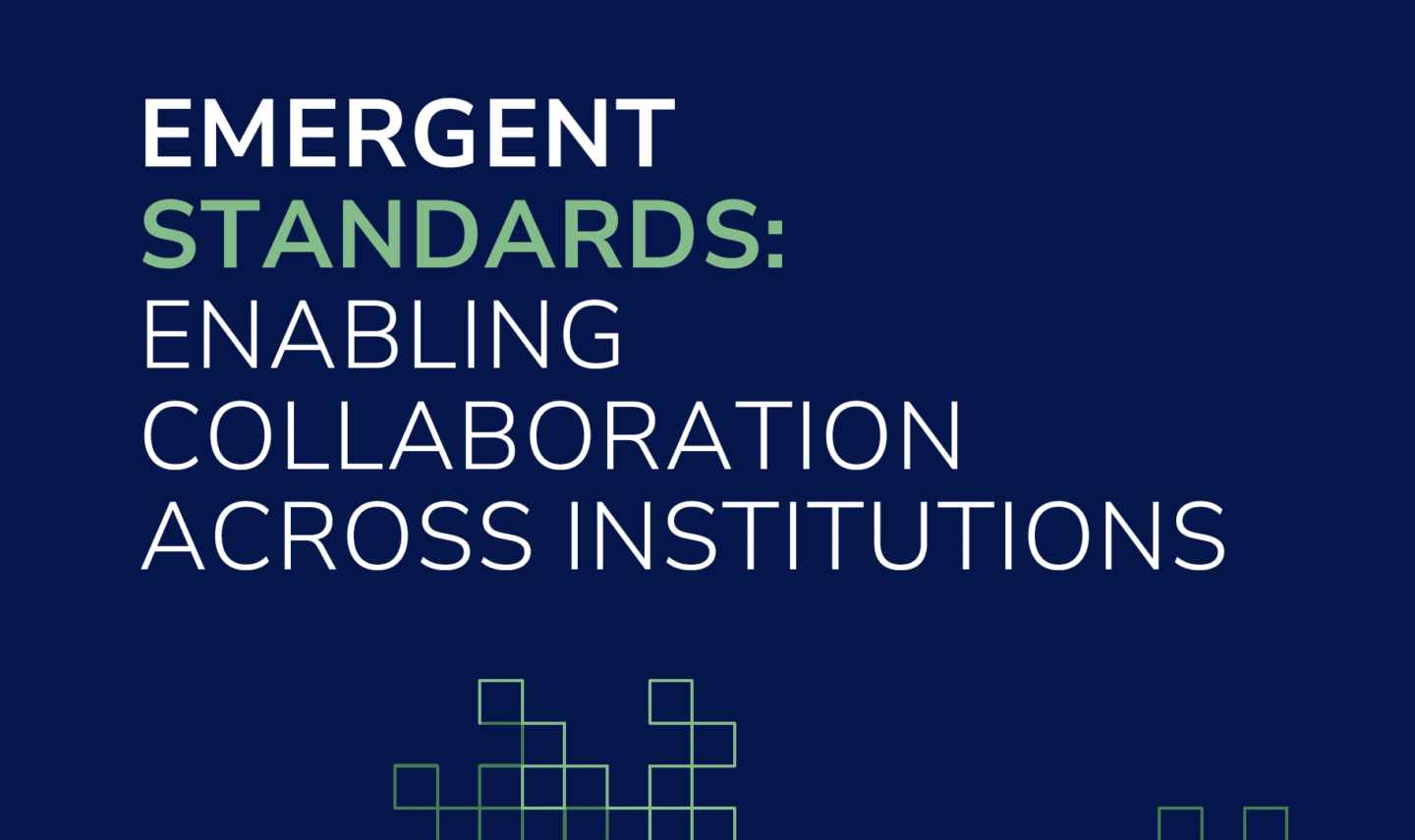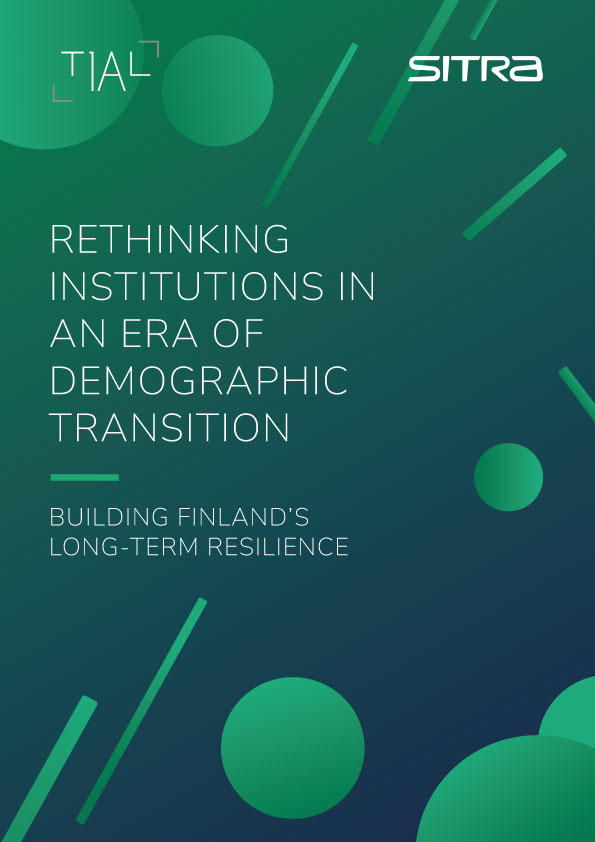TIAL’s purpose is to highlight the role of institutions, and their underlying architecture, in creating large-scale and lasting positive change in society.
Over the past months we have run a series of workshops in three very different cities — Istanbul, Berlin, and Brasília — to explore what it takes to imagine beyond the institutional architectures that are already there.
Each session gathered a mix of public officials, civic actors, and researchers who share the same intuition: reforming our institutions is not enough without questioning the design principles that hold them together.
Here’s what we’ve learnt, or why the purpose continues to matter:
The case for redesigning public institutions
In every context we visited there was a shared sense that institutions are under growing pressure to adapt faster than they were built to. Policy tools are too slow or come too late for the speed of change. They also assume a static and reactive role for our public institutions: that their role is to contain risk and adapt to change. But what if they could unleash and lead the change?
Across domains — from climate adaptation to AI, from ageing populations to urban management — the demand for deeper transformations is visible. We hear it in different languages but with the same urgency.
- In Istanbul, the conversation revolved around how governments might organise learning and work in the age of artificial intelligence.
- In Berlin, the focus was on efficiency, ageing, and urban governance.
- In Brasília, it turned to nature — water, heat, and land — and how to coordinate across systems that have no single owner.
The commitment to reform is widespread; but reform usually starts inside the boundaries of existing organisations, when what is needed is to redesign the architecture that sits beneath them. As we often say, before implementation we need to work on the realm of possibilities. That means imagining and testing the shapes and dynamics that could make collective action possible again.
A place of practice
These workshops translate our Playbook: Designing new institutions and renewing existing ones into a practical exercise representing more a design prompt, or an attempt at reframing. Participants are asked to design a new institution from scratch, having an initial domain and problem as starting point, and using a group of references to exemplify possibilities. We then invite them to stretch their imagination inspired by a set of metaphor cards that stand for different structures and dynamics of organisation, inspired by coral reefs, mirrors, mycelium networks, forests, swarms and so on.
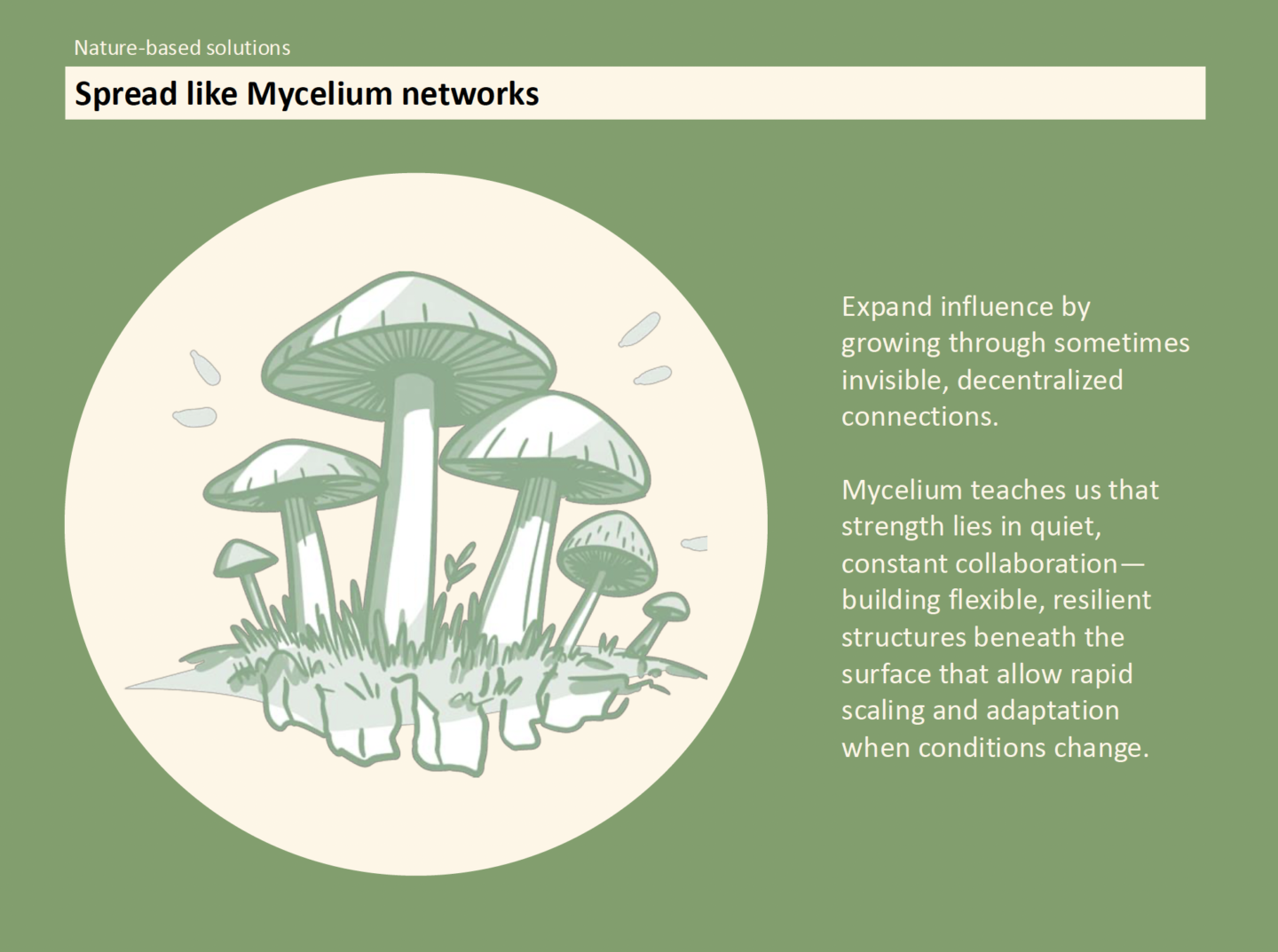
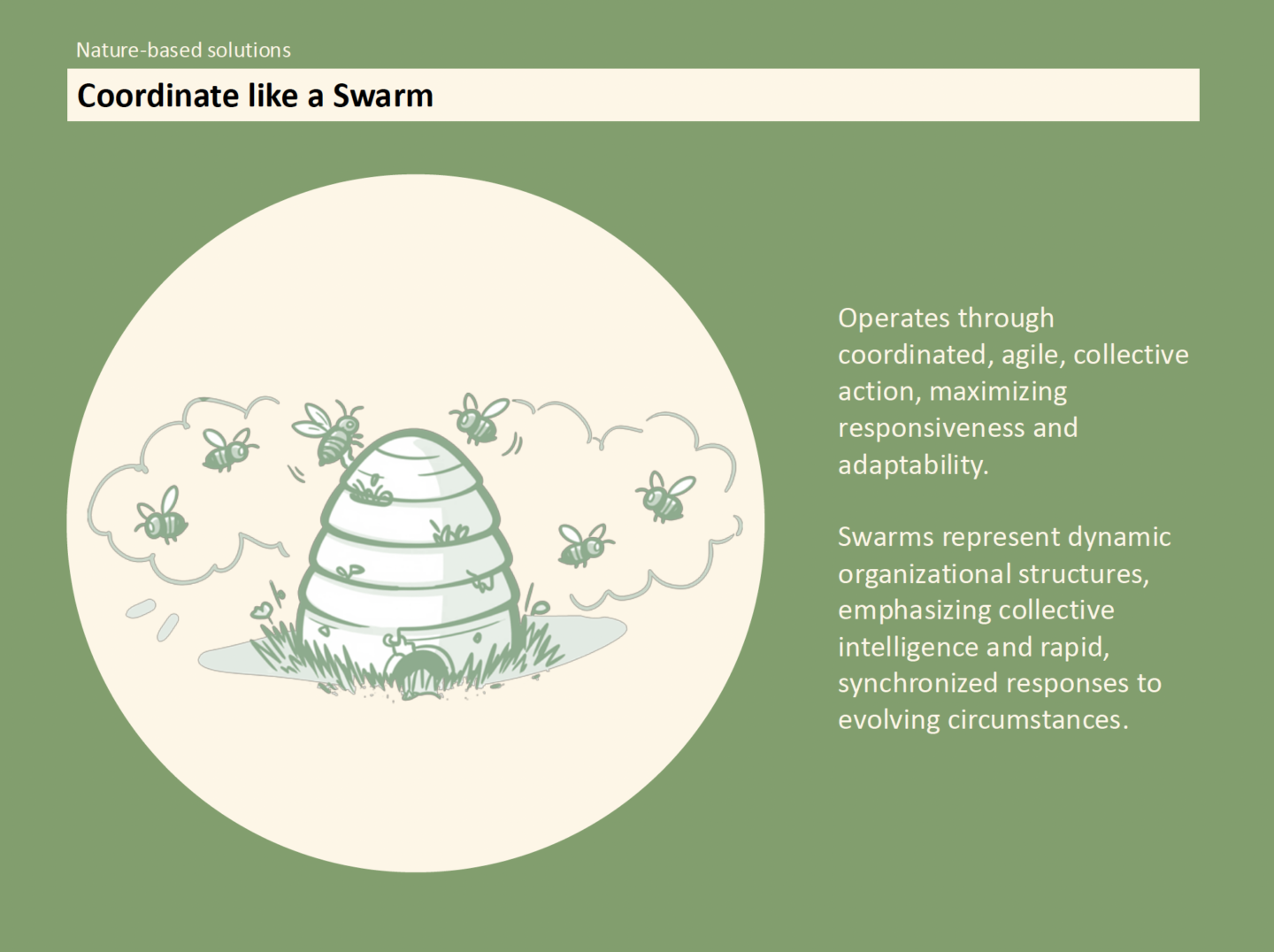
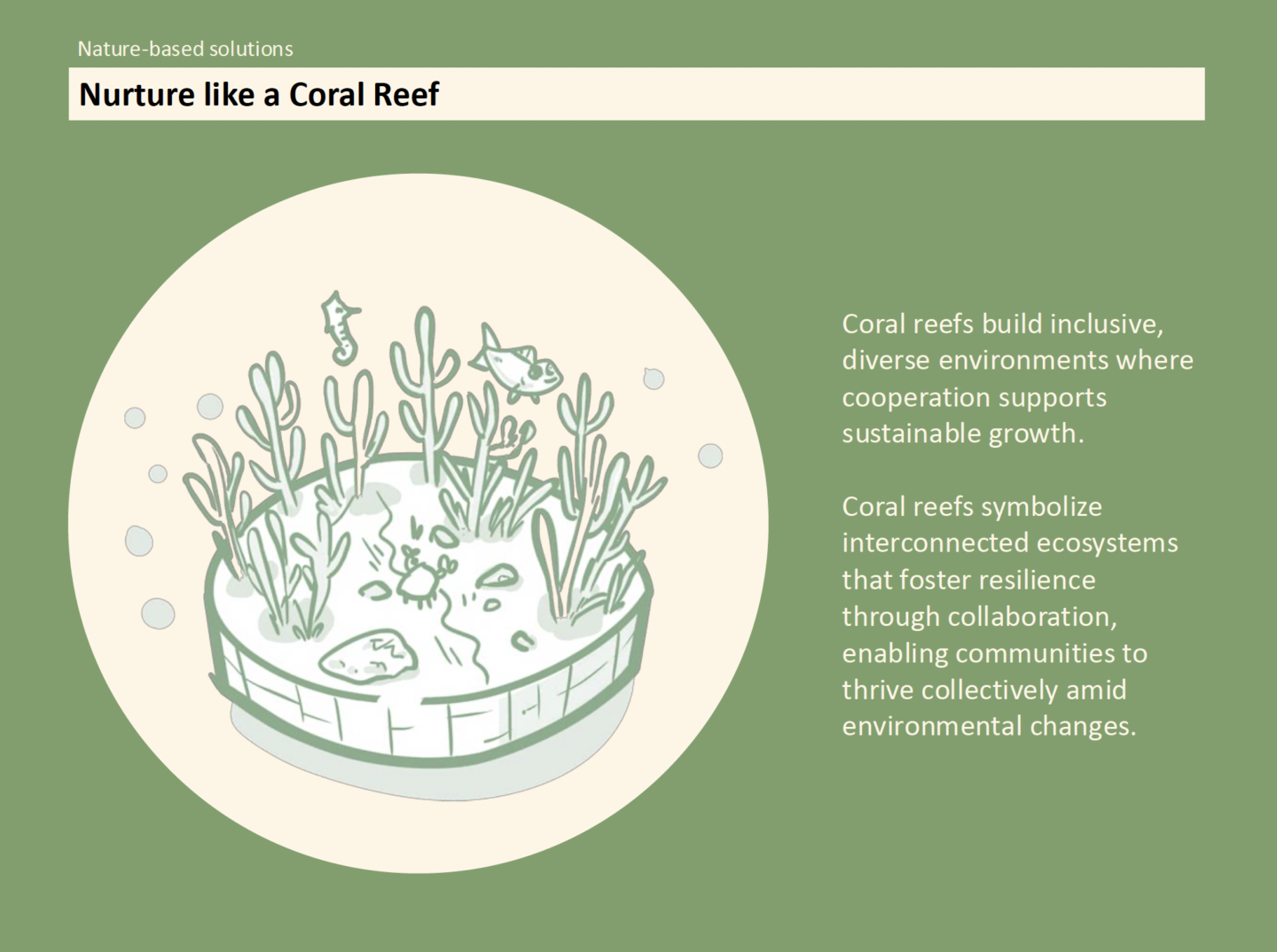
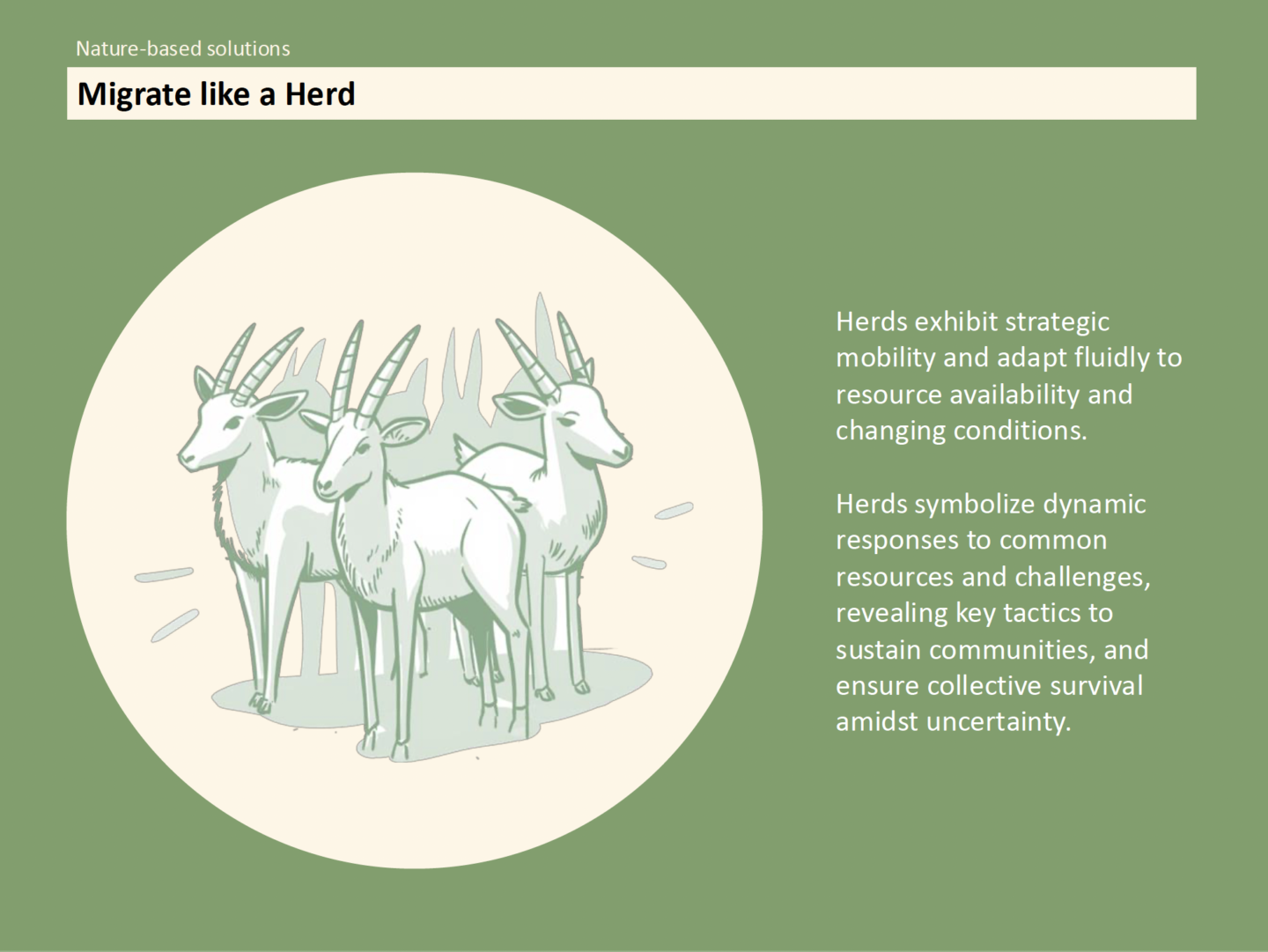
We call this “institutional sketching“. It combines principles and tools to help people visualise the invisible architectures of coordination, intelligence, and trust that underpin public work. This simple act of unearthing assumptions and otherwise invisible work is a way of discovering what functions and relationships are missing but also re-discovering existing agency.
Across all three cities, what we found most interesting was how quickly people moved from the abstract to the concrete once they were given the space and language to do so. Many participants told us this was the first time they had been asked to design an institution rather than operate within one.
Designing institutions is exciting — and that’s the point
Curiosity is what brings people through the door in these sessions, but a bit of discomfort can be a constant companion. When you ask people to imagine new institutional forms, you invite them to question the assumptions of their daily work. For those who have spent their careers inside established structures, that can feel futile, too abstract, or disorienting.
But, ultimately, this is not foreign to the work participants already do. Senior officials tend to navigate this space easily — they are used to making decisions that lead to new agencies or programmes — but even they discover how much of that knowledge is tacit. Civil servants and civil society actors, especially those used to working in institutional voids, respond with creative energy. Researchers bring a valuable depth of reflection.
In Brasília, we saw how this mix of perspectives can generate a collective spark. Participants began hesitant but soon filled the room with sketches of coalitions and hybrid organisations. For us, the turning point always comes when people realise that building institutions is not just a bureaucratic task but a creative one; that they are allowed to think beyond what exists.
Sectoral problems translated into institutional qualities
Running these workshops in three cities helped us refine not only the method but also the way we think about institutional design itself. We started from domain-specific questions — jobs, governance, nature — but the conversations kept returning to a few core dimensions that cut across them all.
- The first is coordination: how to align multiple actors and mechanisms around shared missions.
- The second is intelligence: how to make data, feedback, and experience flow through systems that are otherwise fragmented.
- The third is trust: how to sustain trust and continuity across time and across organisations.
These three design dimensions help us see that institutions are less about static structures and more about the functions and relationships that keep them alive. In that sense, the question is not how to create another agency, but how to design the “connective tissue” that allows existing ones to work together (credits to using the “connective tissue” must be given to TIAL collaborator, Jed Sundwall).
Next steps for the institutional design community
Participants frequently reach out to us after these sessions to apply institutional design to their own work. Encounters like this suggest that a practice is taking shape. As we often say, we are still inventing it city by city, but the demand is real.
Looking ahead, we see two priorities.
- To make these sessions longer and more intentional — one or two days that allow participants to go deeper and prototype ideas.
- To curate the groups more carefully, partnering with institutions that want to apply the method in their own context.
We also want to continue connecting these experiences across borders. Institutional design is a collective craft; its progress depends on shared learning between peers. Our next step is to turn these encounters into an ongoing space for exchange — a network of institutional entrepreneurs who can learn from one another’s experiments.
The next frontier in public sector innovation
These workshops are a reminder that imagination is already a part of the work of governance. Reform changes procedures, but design changes possibilities.
What we have seen in three cities is the beginning of a community that wants to take responsibility for both.
We are only at the beginning.
White Paper #004: Interchange: Design building blocks for complex science-policy challenges
Project update: Building institutional architecture for governing climate tipping points
TIAL’s “Tipping Element Interchange” project focuses on developing new institutional architectures capable of recognising and…
Reimagining public institutions: reflections from Istanbul, Berlin, and Brasília
TIAL’s purpose is to highlight the role of institutions, and their underlying architecture, in creating…

